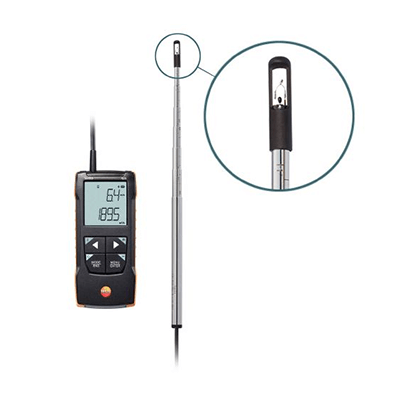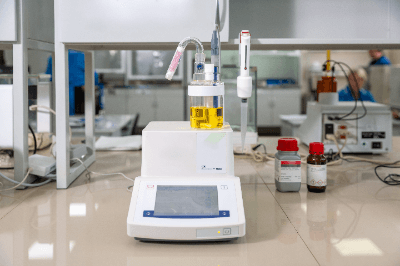What Is a Sand Filter?
A sand filter is a device that uses fine sand to filter water. However, since tap water is already very clean, there is no need for such a filtration device.
A sand filter is mainly used to remove contaminants from legally collected groundwater and river water.
They are also used to remove large solids in wastewater treatment plants. As the name suggests, sand filter use sand as the filtering material, so the filtration system can be changed according to the particle size of the sand.
Uses of Sand Filters
Sand filters are mainly used to filter legally collected groundwater and river water, and in wastewater treatment facilities.
Especially in the food industry, beverage manufacturers consume large amounts of water, making industrial water and tap water too expensive and unprofitable.
Therefore, groundwater is pumped up, sand filters are used to remove suspended solids from the groundwater, and hypochlorous acid and other chemicals are added to create water at the drinking water level.
Sand filtration systems are also used to remove suspended solids in wastewater treatment plants by changing the particle size of the sand used as a filter material.
Principle of Sand Filters
Sand filters use sand as the filtering material, so the particle size of the sand is a very important factor in determining its performance.
If the cleanliness of the target water is not determined, it will not be possible to select the appropriate sand as a filter material. Therefore, when extremely clean water is required, sand with a grain size of 0.3 mm or smaller, or even finer, with a grain size of 0.02 mm, is used.
Also, since such fineness increases the pressure drop and reduces the flow of water, there are products that apply pressure to the water to improve the filtration speed.
As the filtration system removes suspended solids, dirt gradually accumulates. Of course, sand filters are no exception. However, it would be inefficient to replace the filter media every time it becomes clogged with debris. For this reason, many sand filtration units use back washing, in which water flows in the opposite direction of the water flow during filtration to clean the filter media inside the unit.
Since the sand filters cannot be used during back washing, it is common practice to install two tanks containing the filter media and use them alternately.
Maintenance of Sand Filters
Sand filters are devices that use stones or sand of various sizes as filtering filter media to remove suspended solids from the water being used. Suspended solids do not disappear, so they accumulate in the device, but the device can be used continuously for a long period by performing a backwash process to clean the device at regular intervals or when there is an interruption in the flow of water.
It would be good if all suspended solids could be removed by back washing. A small amount of suspended solids will remain and adhere to the filter media. If the adhesion to the filter media grows and the media bind to each other, creating a waterway in the filtration layer, the back washing effect will be lost. When the filtration performance is no longer sufficient, such as when the backwash interval becomes short due to obstruction of the flow of liquid, it is time for maintenance. In many cases, it is not possible to check the inside condition of the sand filtration system through an inspection window, so the decision is based on the operating conditions.
Maintenance of the sand filters consists of the following steps: removing the filter media from the manhole release of the filter tower, cleaning the inside, inspecting and repairing missing parts, inserting new filter media starting with the largest diameter stone, placing medium diameter pebbles on top, then small diameter sand on top, replacing the packing at the inspection port, closing the manhole, and then filling the manhole with water for a trial run. Since this process requires a certain amount of time, it is necessary to have two systems, unless there is a period during which the inflow of water can be stopped, such as when the plant is shut down.
Advantages and Disadvantages of Sand Filters
The advantage of sand filters is that they have low running costs and are not prone to breakdowns. The filtering material is hard quartz sand, which causes little loss due to friction between the sand during normal operation and even during back washing. The system is designed to minimize power costs by utilizing the siphon principle, and there is no chemical injection. Since there are few moving parts, breakdowns are also extremely rare.
In contrast, the disadvantages are that since no power is used, filtration takes time due to the filtration speed caused by gravity, and the space required for filtration equipment is large in proportion to the volume of treated water. When productivity per unit is important, other filtration methods may replace it, and since it uses the power of nature, the advantages and disadvantages are two sides of the same coin.

